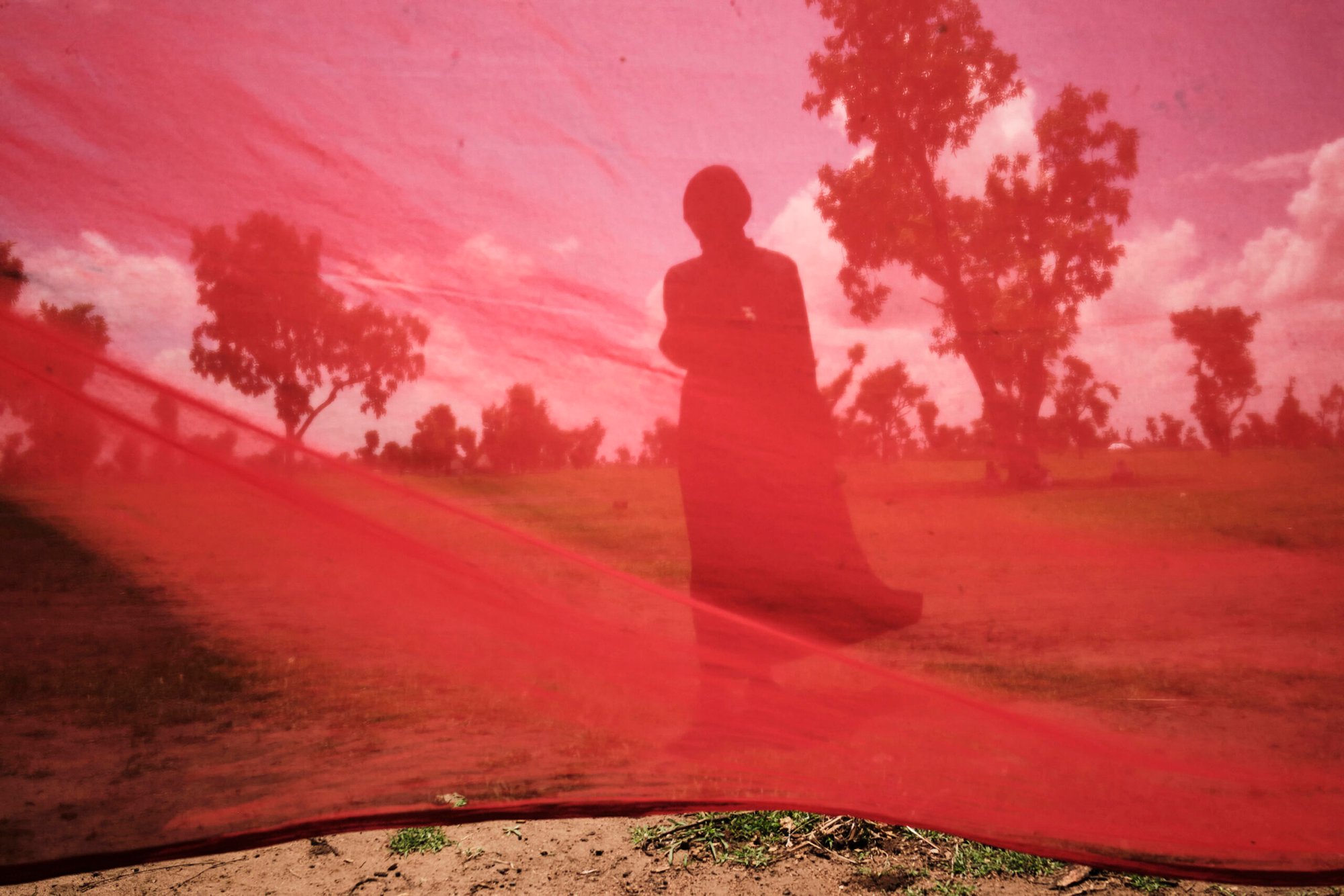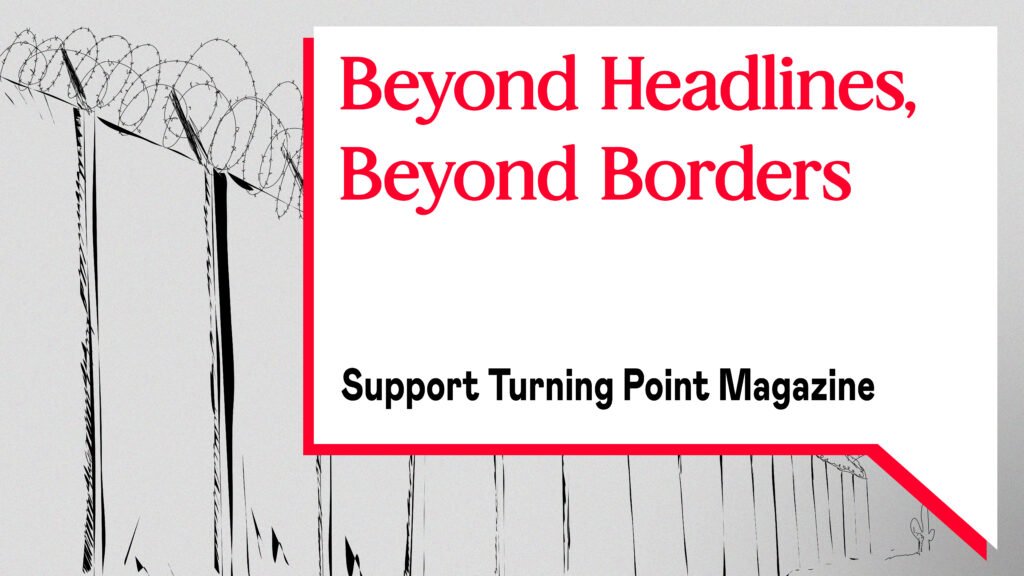Cover photo: Kaya, Maban, South Sudan. A red piece of cloth acts as a wall to a makeshift cafe set up opposite a WFP cash distribution centre in the Kaya refugee camp, where hundreds of thousands of Sudanese people have fled conflict in Sudan, first in 2013, and now in a second wave since the beginning of a civil war in April 2023. ©Guy Peterson
In one of its most important facets, Sudan’s war is a war against the revolution that began in December 2018 and endures in the daily work of neighborhood committees, unions, women’s groups, emergency response rooms, political parties, and issue-based civil society groups. The war’s foreign sponsors are not neutral brokers; they are primary parties to the conflict aligned against the revolution.
The war is neither a sudden explosion of violence nor a purely domestic fight between the Sudanese Armed Forces (SAF) and the Rapid Support Forces (RSF). It is the culmination of a long process in which internal fractures and external interventions converged and evolved. It is entangled with the ambitions of foreign states, the interests of global markets, and the failures of international institutions, and is embedded in a wider struggle over Red Sea routes, resource flows, and geopolitical influence. The United Arab Emirates (UAE) is the chief external supporter, arming and financing the RSF while shielding it diplomatically. SAF leans on Egypt, which fears the RSF’s rise. Saudi Arabia presents itself as mediator but leans toward SAF to balance against the UAE. Despite their differences, a constant remains: the warring parties and their external backers are aligned in counterrevolutionary aims.
In the hierarchy of global crises, Sudan has been deliberately marginalized, as if the suffering of millions of Sudanese were somehow normal, less urgent, less worthy of outrage. This neglect is not accidental; it is political, the product of choices made in Western capitals, Gulf palaces, and African regional organizations. Sudan has been left to descend into crisis because confronting its causes would mean holding powerful actors to account, not only Sudanese generals but also the international sponsors who enable them. As historical precedents demonstrate, the dominant liberal peacemaking model centers armed brokers, marginalizes society, and mistakes signatures for substantive settlements. In practice, this formula has three parts: it portrays coercive actors as the only credible partners, turning violence into a ticket to the table and reducing citizens to spectators; it substitutes peace treaties’ frameworks and timetables for genuine justice and change, so the security apparatus remains intact while abuses are deferred to an election that those in power have no incentive to lose; and it advertises inclusion through carefully selected elites, narrowing society to a handful of signatories. Consequently, the resulting “stability” is merely a brief truce that preludes the next cycle of violence.
Historical and political roots
Sudan’s political history is a sequence of promised democracies followed by coups, of popular uprisings thwarted by military interventions, and of peripheries rising against a political center that extracted resources without granting rights or delivering development. The postcolonial state, which should have been the vehicle of inclusion, became an extractor. Its human cost, including the recruitment choices described below, runs through communities whose livelihoods collapsed and who became internally displaced or refugees.
Independence and the coup cycle
Sudan’s independence from the Anglo-Egyptian Condominium in 1956 came with enormous promise, blessed with fertile land, the historic Nile River, and immense cultural richness and ethnic diversity. The nationalist elites who took power replicated colonial inequality. Rather than building a state that included most citizens, they concentrated power and resources in Khartoum’s elite while suppressing rather than addressing the legitimate demands for political representation and economic development from the marginalized regions, like South Sudan, the western regions of Darfur and Kordofan, and Eastern Sudan. This recipe made conflict inevitable. The civil war with the South was its most profound manifestation, but grievances boiled everywhere. General Ibrahim Abboud’s 1958 coup set a pattern that would define politics for decades, with brief, fragile experiments in parliamentary rule repeatedly interrupted by military takeovers that promised order and delivered repression. The popular uprisings of 1964 and 1985 showed a recurring thirst for civilian rule, but each time the military returned, stronger and more deeply entrenched. The state became not a vehicle for public welfare, but a prize to be captured and looted.
Darfur and the rise of the Janjaweed
The 1989 coup that brought General Omar Al Bashir and the National Islamic Front (Sudan’s main Muslim Brotherhood faction) to power was especially destructive. In Darfur, long standing marginalization and competition over land and resources erupted into war in 2003. The regime recruited militias from tribes who identify as Arabs, armed them, and granted them impunity for their crimes. These militias became known as the Janjaweed, infamous for scorched-earth tactics. Their atrocities were recognized by the world as war crimes and crimes against humanity as well as allegations of ethnic cleansing and genocide, but accountability never materialized. Impunity hardened into policy. The Janjaweed were then institutionalized into the Rapid Support Forces, a paramilitary conglomerate financed by gold smuggling, and foreign collaborations.
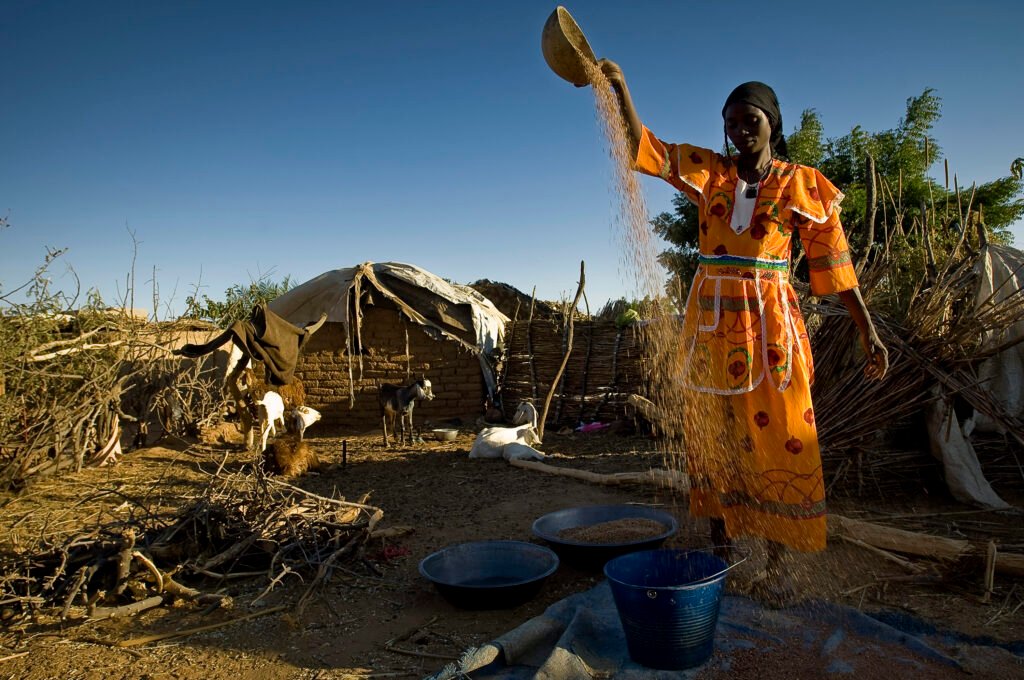
The December Revolution and the failed transition
Sudanese society never stopped resisting. In December 2018, protests sparked by rising bread prices became a nationwide movement led by youth, women, professional bodies, and neighborhood-based Resistance Committees. In April 2019 the military bowed to popular pressure and toppled Bashir from power. Freedom, peace, and justice felt achievable. Then came the massacre at the Khartoum sit-in in June 2019, carried out by the Transitional Military Council, comprising both the Sudanese Armed Forces and the Rapid Support Forces. Dozens of the peaceful protestors who had been encamped near the military headquarters since April to demand a democratic transition were killed and many raped. Instead of accountability, foreign mediators and powers, especially the US, the UK, the UAE, Saudi Arabia, and Ethiopia pushed compromise. The civilians’ political umbrella body, the Forces of Freedom and Change, ultimately accepted a power-sharing deal with the very generals who had overseen the killings. The transitional government, fragile from inception and born out of violence and external pressure, preserved the status quo and postponed justice, especially for those murdered while resisting dictatorship and for freedom. The generals of SAF and RSF retained control of security and economic assets, such as manufacturing, agriculture, livestock, and mining. International actors praised the process but did little to support Sudanese citizens’ demands, focusing instead on agendas such as integrating Sudan with the international financial community under the IMF and World Bank programs, and joining the Abraham Accords between Israel and Arab countries. The October 2021 coup by the SAF’s General Abdel Fattah Al Burhan and the RSF’s General Mohamed Hamdan Dagalo (Hemedit) shattered the illusion that the generals would retire themselves.
A manufactured crisis that keeps evolving
The outbreak of war in April 2023 culminated decades of authoritarian rule, militarization, uneven development, the legacy of Darfur, and the failure of the 2019 transition. Elites placed survival above reform. Foreign capitals reinforced these dynamics, whether in Western governments content with surface stability or in Gulf states intent on influence and access. At its heart, the war is about who controls the state and its resources, and whether people’s aspirations can triumph over armed elites.
The outbreak and the nature of the war
In the months before April 2023, tension between the SAF and the RSF escalated under a framework that nominally sought civilian oversight as a means to end the coup of October 2021. The immediate trigger was a dispute over integrating the RSF into the SAF. The army viewed integration as necessary and dangerous. Hemedti, General Burhan’s deputy and rival, feared marginalization. What looked like a technical disagreement masked an existential fight over command and over the meaning of the state. On April 15, RSF units struck strategic sites in Khartoum, and the army replied with airstrikes and artillery. Narratives differ about who fired first. The deeper truth is that confrontation had become inevitable by design.
Khartoum under siege
As the war unfolded in the capital, residents were trapped between RSF fighters who occupied homes and used neighborhoods as shields, as army aircraft and artillery hit those same neighborhoods from above. Hospitals were attacked, power grids failed, and food supplies vanished. The RSF relied on mobility and street level control. The army leaned on heavy weapons. Civilian life was not at the center of either camp’s operations.
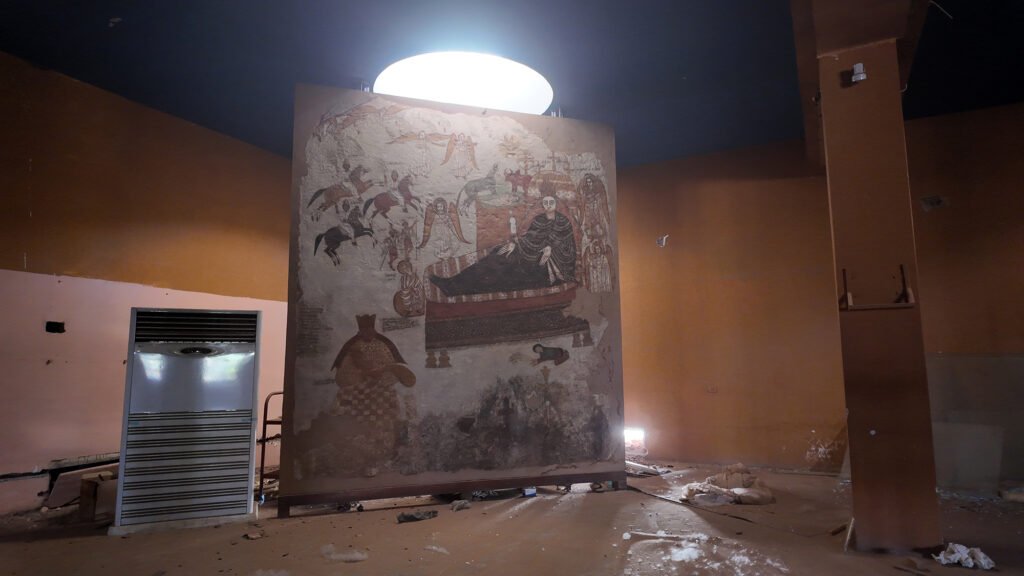
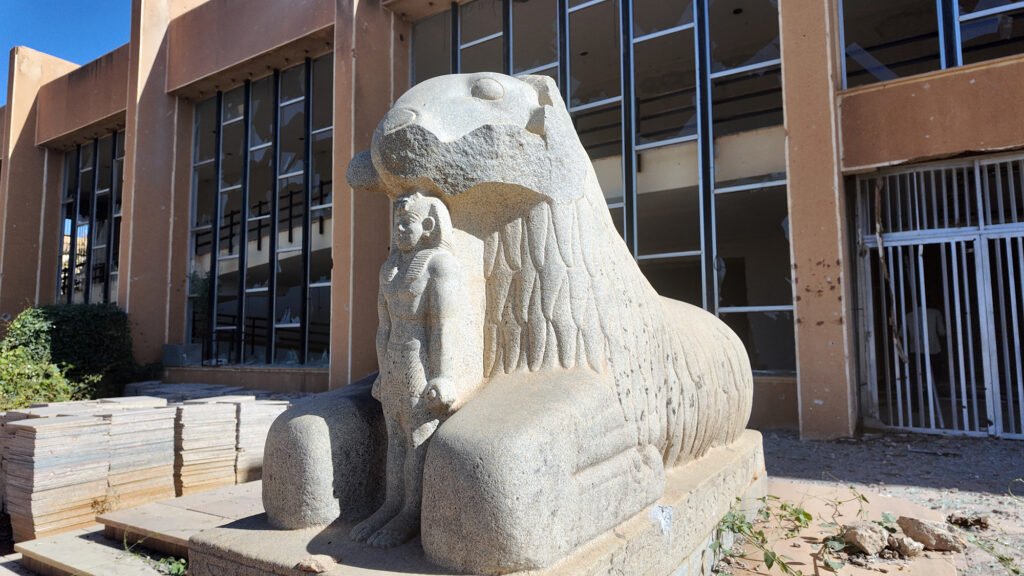
Darfur again, and worse
Darfur absorbed the heaviest toll. The RSF reverted to its origins with ethnic massacres of communities who identify as non-Arabs, mass sexual violence, and forced displacement. Reports from towns like El Geneina echoed the early 2000s’ atrocities. The continuity is frightening. The impunity that protected the Janjaweed then, now protects a stronger machine.
Why people fight
War economies compel people to join armed groups for money and survival. The RSF recruits from Darfur, other marginalized regions of Sudan, and neighboring countries like Chad and Niger, where poverty, climate stress, and limited opportunities force difficult choices. For many, enlistment is an economic, not political, calculation: it offers a wage and access to spoils like gold, vehicles, electronics, or a share of smuggling profits. To outsiders, this appears an irrational gamble; to those already living with lethal risk, it can seem no more dangerous than attempting the so-calledillegal crossing of the Sahara and the Mediterranean to Europe. On the army side, many fight because they have no other option. With livelihoods destroyed, they need income to support families, protect their neighborhoods, or worst yet avenge losses. When dignified work disappears and rights are empty promises, the labor market for violence expands.
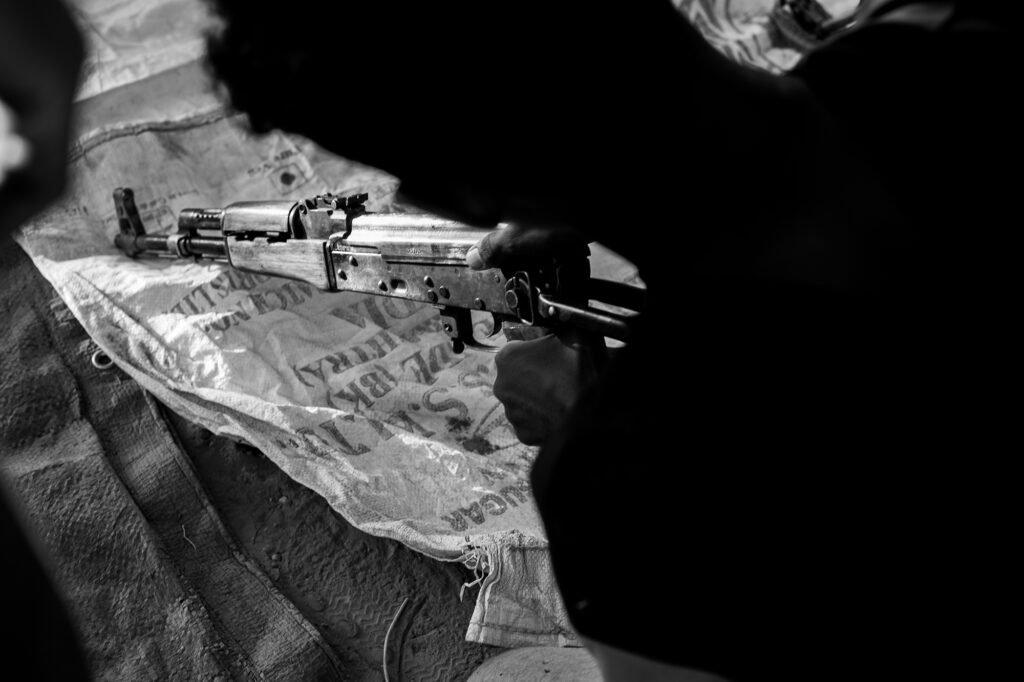
Internal Actors and the Counterrevolutionary Axis
The SAF portrays itself as Sudan’s sovereign guardian but is a politicized institution whose leaders prioritize protecting their privileges. General Burhan rose through Bashir’s wars in Darfur and is widely seen as aligned with former Islamist regime networks, cadres of which have reemerged to rally behind the army. Yet its rank-and-file reflects Sudan’s broader social fabric, drawing recruits from across the country. As the war deepened, many ordinary citizens – including members of grassroots organizations and local communities – joined SAF units or allied militias when they felt they had no other option but to resist the RSF’s advances. The SAF’s structural advantages in heavy weapons, airpower, and institutional base are undermined by corruption, internal divisions, and repression, which erode its legitimacy. Egypt remains its closest ally.
If the SAF represents the old state, the RSF is the monster it created. It has evolved from a paramilitary force into a parallel state with its own economy, controlling mines and borders, monetizing Saharan routes, and running intelligence networks and foreign relations. It benefited from European migration control cooperation, which provided both resources and a hint of legitimacy on the international stage. Before the war, it attracted recruits from Darfur with salaries that exceeded farming or herding, and even the SAF salaries. After April 2023, its ranks swelled with individuals and militias from many parts of Sudan and mercenaries from abroad, motivated by profit, plunder, or ethnic solidarity. The UAE is the RSF’s main patron.
Around the SAF and the RSF stands a civilian majority that refuses to disappear. Resistance committees, unions, women’s organizations, professional associations, political parties, and diaspora networks built an infrastructure of survival and an agenda for a democratic future. International actors who treat them as decoration are choosing a future without durable peace.
The regional and international theater
Sudan’s war is domestic and also regional and global, sitting at the crossroads of Red Sea and Sahel routes, resource flows, and contests for influence.
Among external actors, the United Arab Emirates is the most consequential. Abu Dhabi has positioned itself as the RSF’s primary backer, supplying weapons, logistics, and political, diplomatic, and financial cover, often via networks in Chad and eastern Libya and beyond. For the UAE, Sudan is a strategic frontier in its broader project of sub-imperial expansion across Africa. A sub-imperialist country – the UAE – is not a global imperial power yet behaves as an imperialist within its own region – Africa – and aligns its actions with the interests of an imperial power like the US. Gold is central. RSF-controlled mines in Darfur feed gold smuggled to Dubai, converting into hard currency that sustains the war while giving the UAE leverage over Sudan’s economy and political trajectory. This gold-for-arms circuit ties Sudan’s conflict to international finance and capital. Beyond gold, Sudan is a critical node in the UAE’s continent-wide strategy of port and logistics dominance. By fueling conflict, the UAE also keeps Sudan’s democratic forces weak, blocking the possibility of a successful democratic transition that could inspire dissent at home, or inspire it in the region.
Saudi Arabia plays a subtler game, hosting talks and presenting itself as mediator. It wants balance on the Red Sea and does not want the RSF, and by extension the UAE, to dominate Sudan. Yet Sudan is not a top priority compared with other theaters, so pressure is uneven.
Egypt sees Sudan through a national security lens, making the SAF its natural ally. Cairo fears RSF ascendancy and state fragmentation on its southern border, but its leverage is limited by economic crisis and reliance on Gulf financing. While Egypt provides Burhan with clear political backing, claims of intelligence cooperation and occasional military aid remain uncertain. Supporting the SAF also reflects domestic anxieties about a democratic model next door.
Qatar remains active in diplomacy and relief, using money and media to seek influence while advocating de-escalation.
Russia entered Sudan’s gold economy through Wagner militia and built profitable ties. Early in the war Moscow leaned toward the RSF, then recalibrated toward the army to keep open a potential naval foothold on the Red Sea.
Iran and Türkiye have quietly positioned themselves as suppliers and facilitators for the SAF. There is no global arms embargo on Sudan’s national army, and existing sanctions are narrowly focused on Darfur actors, so the SAF can legally seek weapons on the open market. Ankara blends trade, soft power, and defense industry outreach with agricultural concessions, construction, and port access. Tehran views the Red Sea corridor through competition with Israel, Saudi Arabia, and the United States, so ties in Sudan that complicate adversaries have strategic value. Both capitals understand the relationship is transactional, since Sudan’s rulers have shifted camps before.
Israel’s aims are part of a larger push to widen its acceptance in Africa and the Arab world, deny hostile arms routes, secure normalization and intelligence channels, constrain Iran-aligned networks from using Sudanese territory and ports, and keep Red Sea shipping steady. It has kept discreet contacts with both Burhan and Hemedti and pursued a normalization track within the Abraham Accords framework during the transition.
The West perfected the language of concern while prioritizing its relationships with Gulf capitals. After Bashir’s fall, the United States and the European Union praised the transition more than they funded it. After the 2021 coup, they condemned the generals and then engaged with them. Since the war broke out, sanctions have been piecemeal, humanitarian financing has lagged, and diplomatic pressure has been inconsistent.
The broader context is a shift in influence. The United States, like Britain and France, has lost ground in Africa to Russia and China. It has therefore viewed the growing influence of the UAE, Saudi Arabia, and Qatar in Sudan and other African countries as a strategic counter to Moscow and Beijing, even when not fully aligned with Washington’s methods. This effectively outsources Sudan policy to Gulf capitals, where counter-revolutionary agendas dominate. In this logic, initiatives associated with the Trump administration can be read as balancing relationships with both Riyadh and Abu Dhabi, rather than a sustained investment in peace or accountability.
Beyond liberal peacebuilding
To change outcomes, the so-called international community must cut the fuel lines that sustain the belligerents, expose and sanction the financial circuits around gold and logistics, and open cross-border humanitarian corridors free from armed control. It must protect investigators and witnesses, refuse blanket amnesties that convert atrocity into bargaining chips, and, critically, treat civilian groups like Resistance Committees, unions, and women’s organizations as formal parties with agenda-setting power. Without these shifts, new initiatives will merely repeat past failures.
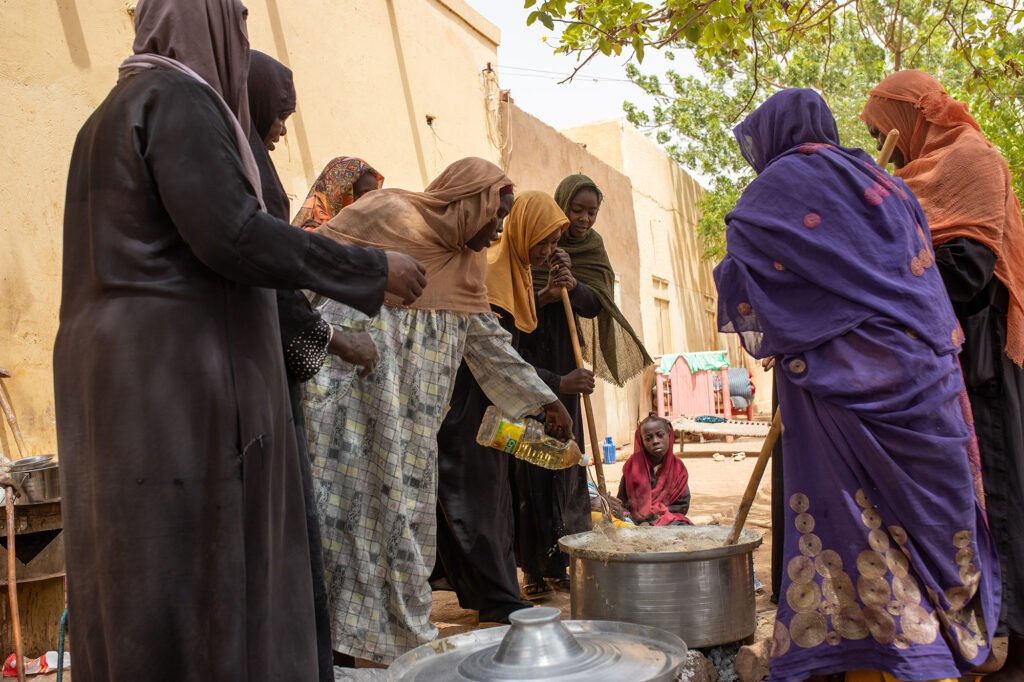
Civilians at the center
Amid the apocalyptic destruction, the most critical story is often overlooked: the unyielding resilience of the Sudanese people. The same Resistance Committees that made the revolution possible have become a nationwide network of emergency response rooms. Funded by contributions from Sudanese citizens inside the country, the global diaspora, and international supporters, these civilian-led groups operate at immense personal risk. They distribute food and medicine in besieged neighborhoods, arrange safe passages, and document atrocities. In the absence of a functioning state, they have become its de facto replacement, embodying solidarity and self-governance.
Women who led the revolution continue to lead relief efforts and demand justice for sexual violence. Trade unions of doctors, teachers, and lawyers hold the line of service and advocacy. The diaspora mobilizes resources, lobbies governments, and amplifies voices from the ground. This persistent agency is a rebuttal to militarism and a reminder that the revolution is an ongoing struggle for the soul of the nation.
The path forward is narrow. Any settlement brokered only between the generals, under the auspices of foreign sponsors, will seed the next war. It would be another elite bargain that rewards mass murder with political power and preserves the system that caused this crisis. A durable peace must be built from the ground up, centered on civilian leadership that has consistently demonstrated commitment to a democratic state.
Sudan’s war is not simply a tragedy to watch. It is a system the world enables or interrupts. Neglect is a choice, and so is complicity. To stand with Sudanese civilians means accountability for those fueling the war, shutting the flows of money and weapons, and backing a peace authored by society, not imposed by generals. It means naming the counterrevolutionary axis for what it is, a coalition of uniforms and patrons that seeks a Sudan where citizens are spectators. It means refusing a geopolitics that treats the country as collateral in contests between Abu Dhabi and Riyadh, or among Washington, Moscow, and Beijing. It means building a world in which neither cash from a commander nor a desert crossing is the choice.
The courage of Sudan’s people, in the streets in 2019, in emergency rooms since 2023, and in the daily heroism of survival, has already proved that another politics is possible. The question is whether the rest of us will continue to dignify the men who have stolen their future, or finally join the work of returning the state to its rightful owners, the citizens who built and bled for it. The longer the world delays, the more a counter revolution hardens into a new normal. The task is to break that normal, to make the promise of independence real for those who have only known its failure, and to insist that freedom, peace, and justice are not slogans but guiding principles for policy and life.
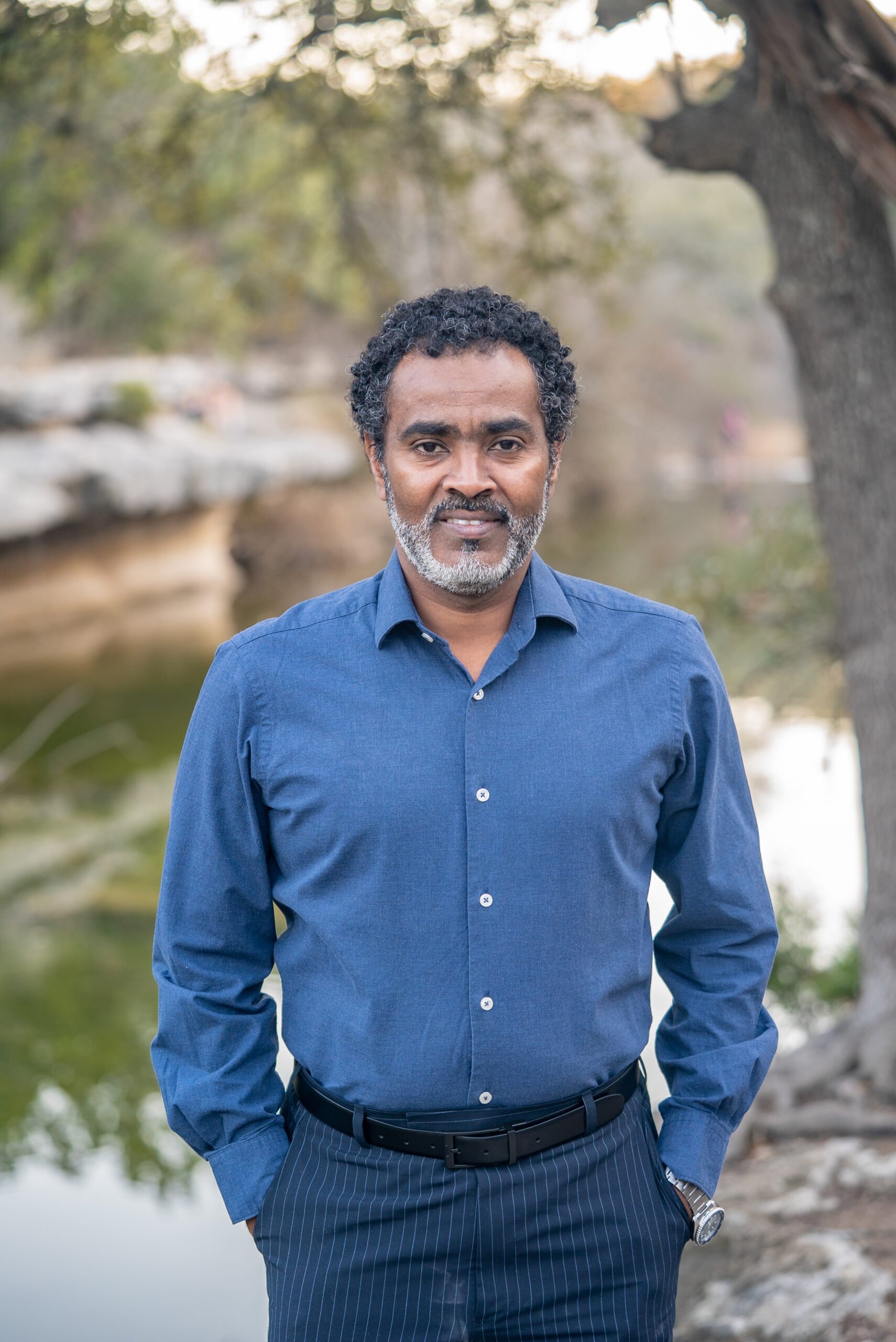
Husam Mahjoub
Husam Mahjoub is a co-founder of Sudan Bukra, an independent non-profit TV channel. A telecom professional and activist, he holds master’s degrees from the London Business School and Georgia Tech and currently lives in Austin, Texas. He has published articles on politics, human rights, the economy and international and cultural affairs.
